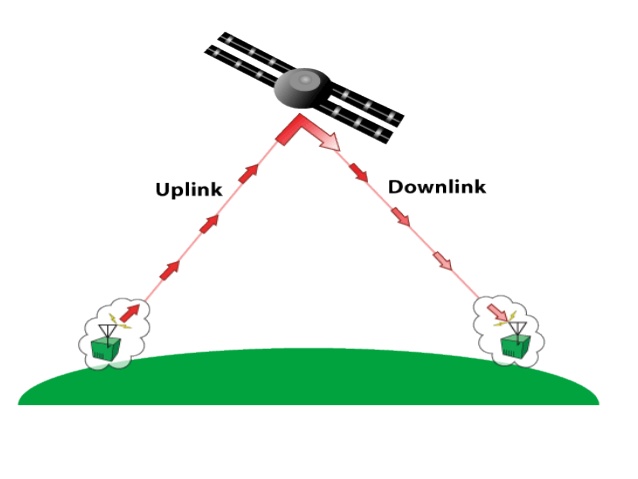Digital Satellite Communication Systems and Technologies

About Course
In an increasingly connected world, satellites serve as the silent sentinels in the sky, enabling global communication, real-time navigation, television broadcasting, environmental monitoring, and disaster management. This course, Digital Satellite Communication Systems and Technologies, offers a deep dive into the technological marvels that power this invisible infrastructure. Designed for aspiring engineers, space enthusiasts, and professionals in the telecommunications sector, the course blends foundational principles with advanced concepts—from orbital mechanics to cutting-edge satellite networks, ground station engineering, and the pivotal role of satellite systems in modern digital infrastructure.
Students will unravel how satellite communication systems are designed, engineered, and optimized for efficiency, capacity, and global reach. From understanding modulation schemes and link budgets to exploring future trends such as Low Earth Orbit (LEO) constellations, 5G integration, and IoT connectivity, this course prepares learners to not just understand but innovate in the rapidly evolving world of satellite communications.
Course Content
Satellite Communications Fundamentals
Introduction to Digital Communication Systems
00:00Definition and Overview of Satellite Communications Technology
00:00Advantages and Importance of Satellite Communications
00:00Brief History of Satellite Communications Technology
00:00Key Players in the Satellite Communications Industry
00:00